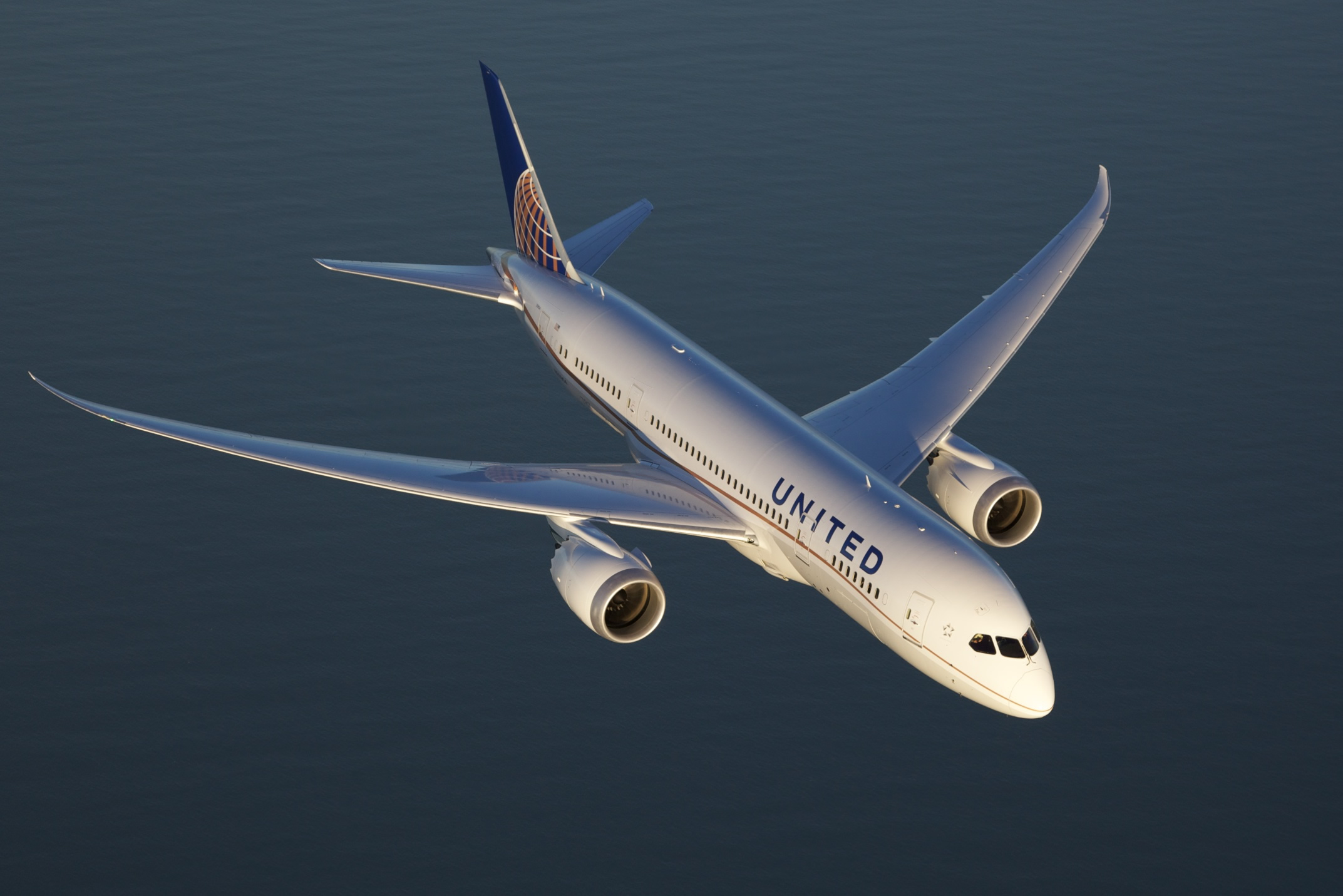
The data come from an analysis of financial filings by online car rental firm CarTrawler and research firm IdeaWorksCompany, which have been collecting the data since 2007. The report defines ancillary revenue as “a la carte, or unbundled, services, commission-based services — such as hotel or car rental bookings — and other ancillary services revenue from co-branded credit cards, loyalty programs and other activities.” A la carte services include the much-loved checked bag, early boarding and extra-leg-room seating fees.
For 2013, the average ancillary revenue for one of the 59 carriers reviewed totaled $16 per passenger, compared with a hoped-for net margin in the airlines industry of 2.4% or about $6 per passenger.
In the United States, the largest contributor to ancillary revenues is the sale of frequent flyer points, which accounts for 60% of average airlines ancillary revenues. Baggage fees account for 25%, other on-board a la carte fees account for 10% and travel retail revenues account for 5%.
The top 10 airlines for ancillary revenues collected more than $20 billion in 2013, 10 times more than the 2007 top 10 collected. Here is the 2013 top 10 list:
- United Continental Holdings Inc. (NYSE: UAL) — $5.7 billion
- Delta Air Lines Co. (NYSE: DAL) — $2.53 billion
- American Airlines (pre-merger) — $2.08 billion
- Air France/KLM — $1.71 billion
- Ryanair Holdings plc (NASDAQ: RYAAY) — $1.69 billion
- Southwest Airlines Co. (NYSE: LUV) — $1.62 billion
- easyJet — $1.39 billion
- Lufthansa Group — $1.28 billion
- Qantas Airways — $1.27 billion
- U.S. Airways (pre-merger) — $1.1 billion
ALSO READ: America’s Best and Worst Airlines
The combined total for American and U.S. Airways, now American Airlines Group Inc. (NASDAQ: AAL), of $3.63 billion would have placed the American Airlines in second place last year.
The airline that led in ancillary revenues in 2007 was United, with a total of $600 million. The only other U.S.-based carrier in the top 10 was Alaska Air Group Inc. (NYSE: ALK) in fourth place with a total of $194 million.
The low-cost carriers lead when ancillary revenues are calculated as a percentage of total revenues. The top airline here is Spirit Airlines Inc. (NASDAQ: SAVE), which derived 38.4% of its total 2013 revenues from ancillary revenues. According to the report, checked and cabin baggage fees account for 43% of Spirit’s ancillary revenues, while a passenger usage charge paid by all travelers who do not buy their tickets at an airport accounts for 30%. Advance seat selection produces 9% of the airline’s ancillary revenues and the sale of frequent flyer points accounts for 5%. The remaining 13% comes from other sources.
On a per-passenger basis, the airline that collects the most in ancillary revenues is Jet2.com, with $55.61, followed closely by Spirit, which collects $51.22 in ancillary revenues for each passenger. U.S. carrier Allegiant Travel Co. (NASDAQ: ALGT) ranks fourth with collections of $44.87 per passenger, while United is sixth with $40.97 and Alaska Air is 10th with $32.61.
Among the most lucrative services were Southwest’s Early-Bird check-in, from which the airline raked in $195 million in revenues in 2013. Russia’s Aeroflot added $173.6 million for the sale of frequent flier miles, more than double its 2012 total.
ALSO READ: Customer Service Hall of Shame
Take Charge of Your Retirement In Just A Few Minutes (Sponsor)
Retirement planning doesn’t have to feel overwhelming. The key is finding expert guidance—and SmartAsset’s simple quiz makes it easier than ever for you to connect with a vetted financial advisor.
Here’s how it works:
- Answer a Few Simple Questions. Tell us a bit about your goals and preferences—it only takes a few minutes!
- Get Matched with Vetted Advisors Our smart tool matches you with up to three pre-screened, vetted advisors who serve your area and are held to a fiduciary standard to act in your best interests. Click here to begin
- Choose Your Fit Review their profiles, schedule an introductory call (or meet in person), and select the advisor who feel is right for you.
Why wait? Start building the retirement you’ve always dreamed of. Click here to get started today!
Thank you for reading! Have some feedback for us?
Contact the 24/7 Wall St. editorial team.

